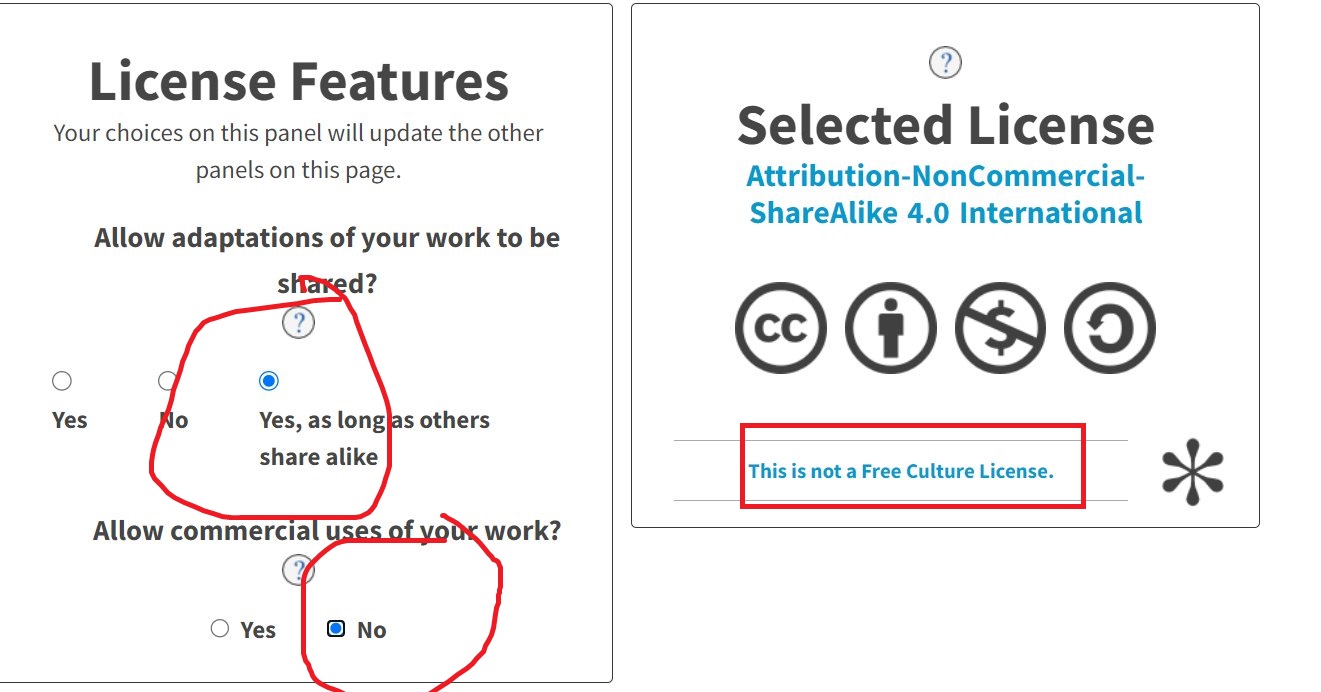17. Invention, intellectual property and income¶
develop a plan for dissemination of your final project prepare drafts of your summary slide (presentation.png, 1920x1080) and video clip (presentation.mp4, 1080p HTML5, < ~minute, < ~10 MB) and put them in your root directory
Invention and intellectual property (IP) are closely related concepts that play a crucial role in protecting and promoting innovation.
Invention and intellectual property (IP) are closely related concepts that play a crucial role in protecting and promoting innovation. Let’s explore both of these concepts in more detail:
Invention:¶
An invention is a new and useful process, machine, composition of matter, or any new and useful improvement thereof. It involves creating something that didn’t exist before or improving upon an existing technology. Inventions can range from tangible products to intangible processes, methods, or algorithms. The process of inventing often requires creativity, problem-solving skills, and technical knowledge.
Intellectual Property (IP):¶
Intellectual property refers to creations of the mind, such as inventions, literary and artistic works, symbols, names, images, and designs used in commerce. IP is protected by various legal mechanisms to provide exclusive rights to the creators or owners. The protection of intellectual property rights encourages innovation by ensuring that creators and inventors can benefit from their creations and have control over their use.
Types of Intellectual Property:¶
Patents: A patent provides exclusive rights to inventors over their inventions for a limited period. It grants the inventor the right to prevent others from making, using, selling, or importing the patented invention without permission. Patents are typically granted for new and non-obvious inventions that have industrial applicability.
Copyright: Copyright protects original works of authorship, such as literary, artistic, musical, and dramatic works. It grants the creator exclusive rights to reproduce, distribute, display, perform, and modify their work. Copyright protection is automatic upon creation and does not require formal registration.
Trademarks: Trademarks protect distinctive signs, symbols, or logos that distinguish goods or services from those of others. They help consumers identify and associate specific products or services with a particular brand. Trademark protection can be obtained through registration, and it allows the owner to prevent others from using similar marks in a way that could cause confusion.
Trade Secrets: Trade secrets refer to confidential business information that provides a competitive advantage. Examples include formulas, processes, customer lists, and marketing strategies. Unlike patents, copyrights, or trademarks, trade secrets are protected through confidentiality agreements and security measures.
Creative Commons (CC) licenses¶

Creative Commons (CC) licenses are a set of copyright licenses that enable creators to easily share their work with others while retaining certain rights. These licenses provide a standardized way to grant permissions for others to use, distribute, and modify creative works.
Creative Commons licenses are based on traditional copyright principles but provide more flexible terms and conditions. They allow creators to specify how others can use their work, granting permissions beyond the “all rights reserved” default of traditional copyright. The licenses are designed to facilitate the sharing and collaboration of creative works, promoting a culture of openness and creativity.
There are several types of Creative Commons licenses, each with its own combination of permissions and restrictions. The licenses are represented by a combination of four basic elements:
Attribution (BY): This requires that the original creator is given credit for their work when it is used or shared.
ShareAlike (SA): This requires that derivative works must be shared under the same or a compatible license as the original work.
NonCommercial (NC): This prohibits commercial use of the work without explicit permission from the creator.
NoDerivatives (ND): This prohibits the creation of derivative works based on the original.
By choosing a specific combination of these elements, creators can tailor the license to suit their preferences and intentions for their work.
When a work is released under a Creative Commons license, it allows others to legally use, distribute, and build upon that work while respecting the conditions set by the license. It simplifies the process of sharing and collaborating on creative works, encouraging a more open and accessible culture of knowledge and creativity.
It’s important to note that Creative Commons licenses are not a replacement for copyright. They operate within the framework of copyright law, providing an additional layer of permissions that creators can grant to others while retaining their copyright ownership.
Dissemination Plan¶
Licensing My Project
I decided to picked the CC BY-NC-SA Combination for Final project as it seemed perfect for my work to license it under the creative commons . This licenses indicates that others can share and adapt my final project as long as they give appropriate credit and indicate if changes were made. And when they shape or adapt my work they should distribute my contributions under the same license. In addition, they may not use the material of my final project for commercial purposes.
The license for my final project is shown below.
How to do?¶
First open the Creative Commons(CC) website
This is the home page and select the ‘shere your work’ folder

After the folder selection then select the Choose a license screen and click the start now button

Then next open the license page choose the license to this format

Then we got a code this code is my license visitors code

licence

This work is licensed under a Creative Commons Attribution-NonCommercial-ShareAlike 4.0 International License.
Final Slide and Video file in root directory¶
I’ve created two dummy files like “presentation.png” and “presentation.mp4”, in the home directory.

Slide¶
